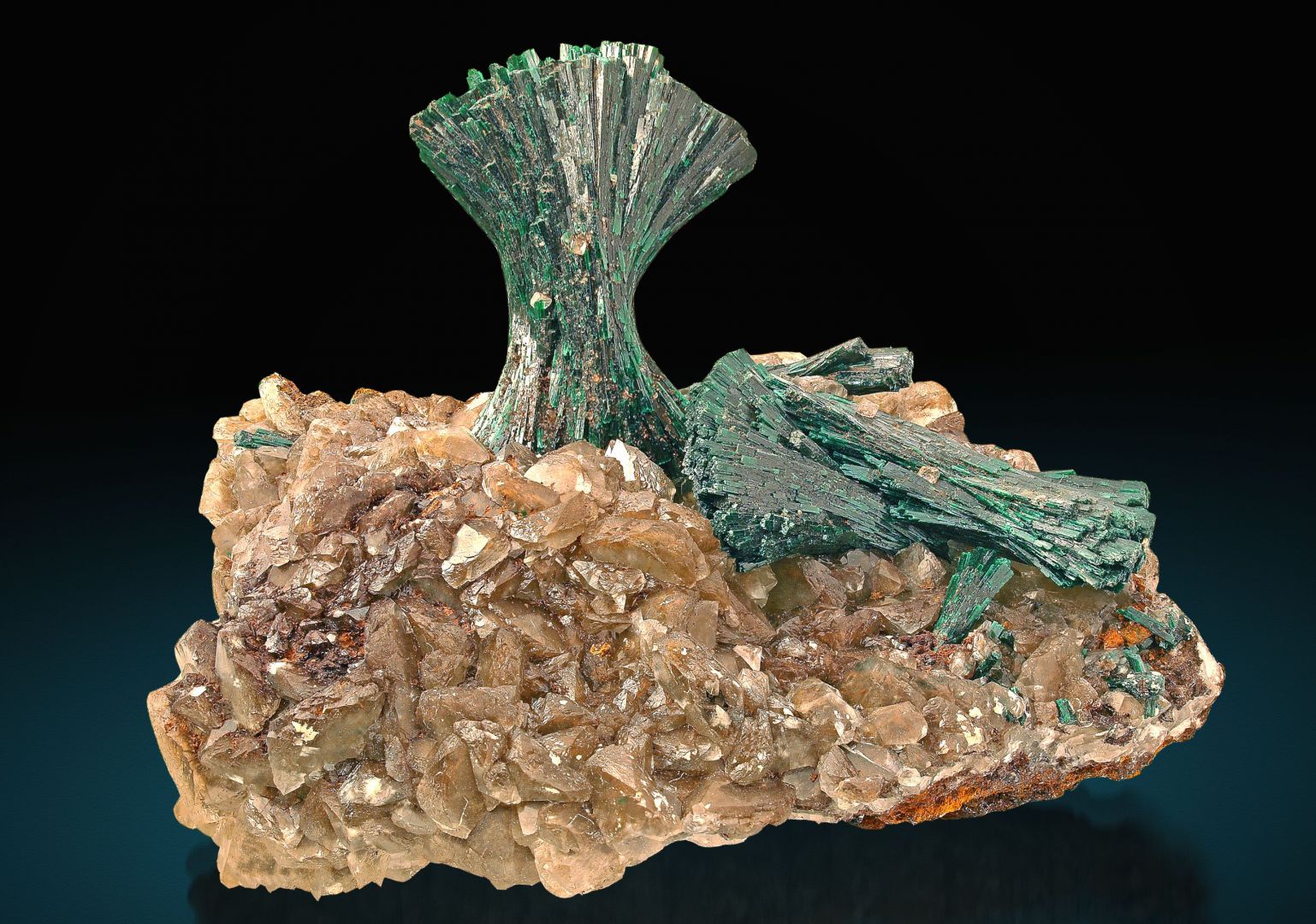MINERALS OF THE CARPATHIANS - 2. view / Aggtelek-Rudabánya, Bükk and Uppony Mountains
Rudabánya, an ancient mining site
The rocks around Rudabánya were already used by the people of the Palaeolithic age to make tools. In the Neolithic (around 5800-5200 BC) the exploitation of native copper began, as this material could be used directly without smelting. In the Copper Age (3400-1900 BC) the demand for native copper increased sharply, and in the Bronze Age (1900-800 BC), the smelting of other copper minerals and the production of alloys were also ongoing. Utilization of iron ore may have begun in the 8th century BC, and later, copper and silver production returned in the Middle Ages. Large-scale iron ore production began in the first half of the 20th century and ceased in 1985. This also marked the end of mining in Rudabánya. This site is the most diverse mineral locality in Hungary, with about 170 different minerals known from here. Among them, some secondary copper minerals (native copper, cuprite, malachite, and azurite) are outstanding internationally, but many world rarities have also been found in the mine, such as rudabányaite, described in 2019.
In the picture: Malachite on calcite, Rudabánya (Hungary). Size: 6.5 cm. Photo by László Tóth.
